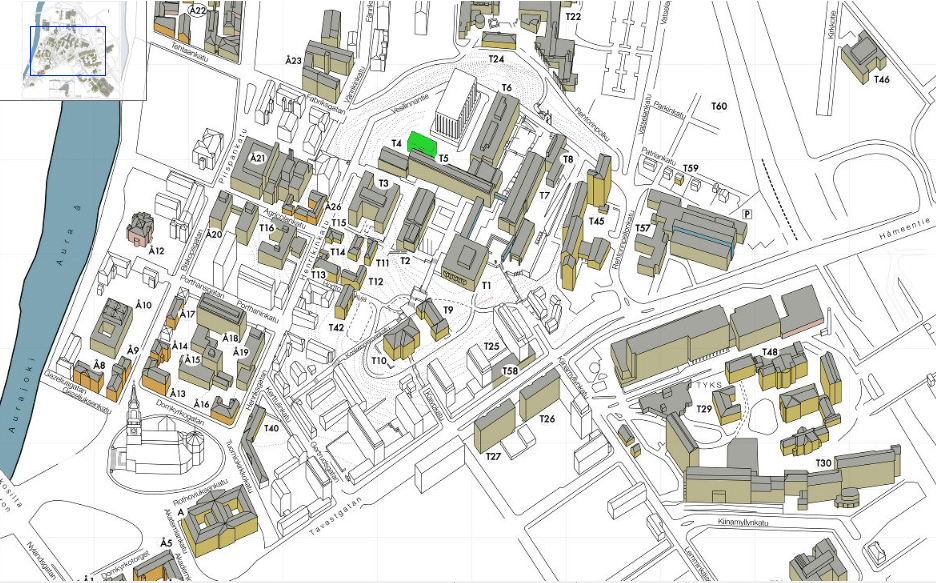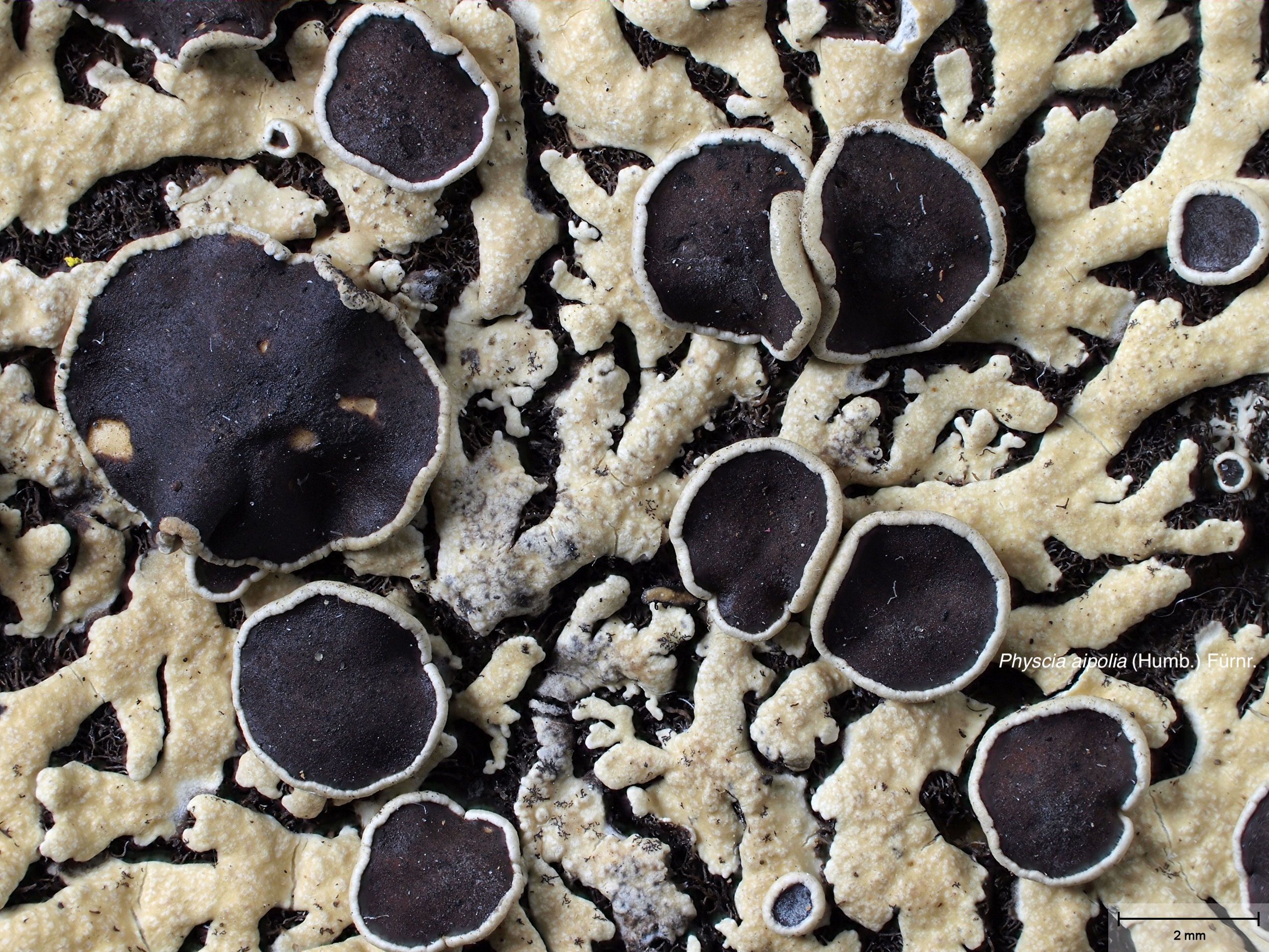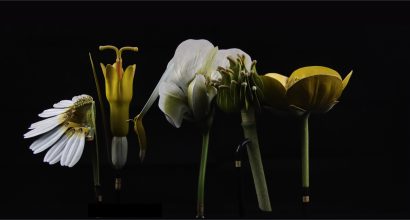Herbarium TUR
The main task of the herbarium is to gain knowledge of the world’s plant, fungi, moss, lichen and algae species by collecting, storing and examining specimens. This also ensures the existence of an archive for present and future biodiversity research, and maintains and broadens taxonomic know-how in Finland.
The herbarium collections (international herbarium code TUR) are primarily meant for research, but are also used in teaching and public decision-making. They are actively used by scientists throughout the world, and the thousands of type specimens, for example, are actively lent to other institutions for biodiversity inventories. The herbarium maintains an extensive library of taxonomic and floristic literature. We train PhD students who will become the taxonomic specialists of the future, offer identification services, and also maintain and document the collections of Åbo Akademi (herbarium code TUR-A). Scientists at the herbarium have modern laboratory facilities and equipment, which also allow molecular systematic studies.
Analyse services: Dry rot and other wood rotting fungi in houses
We identify indoor moulds for a fee. Before sending samples we recommend contacting Seppo Huhtinen (tel. +358 50 401 1849 or +358 40 516 2662), to make sure the samples are taken and transported appropriately. The following details need to accompany a sample:
- address or identifier of the building
- who took the sample
- who sent the sample
- what structure (material) the sample comes from
- when the sample was taken
- billing address
- business ID if appropriate (businesses)
The cost of analysis is 150 euros (+ VAT). It can include a maximum of four subsamples. Larger sample sizes cost extra. The samples should be packed in a way which allows ventilation, e.g. preferably not in a plastic bag unless this has been requested. Shipping ONLY via the post, e.g. as a regular parcel. The shipping address for samples is:
Herbarium, Biodiversity Unit, 20014 University of Turku
Research projects
Archaeobiology of Seili (Finnish / Swedish)
Archaeobotany
Atlas of Finnish fungi (in Finnish)
Fungi and lichen research
Moss research
Staff and contact details
Contact
Herbarium email: kasvimuseo@utu.fi
Instructions for researchers
Loan policy
Specimens are sent on loan to institutions with an international herbarium code. The specimens can also be digitised instead of sending on loan, if this is sufficient for the purpose they are needed for. Separate terms of use may apply for specimens that are in the scope of the Nagoya Protocol.
Permission must be sought for taking DNA samples or other destructive research. In general, our specimens are available for this kind of research, but exceptions include scant type specimens and specimens whose use is restricted by the Nagoya Protocol or other agreements. There are separate terms of use for the Vainio collection type specimens.
Much of the tropical vascular plant material has been treated with ethanol when collected, and extracting DNA from these specimens does not appear to be possible. However, a part of some specimens has been kept separate and dried in silica gel. These specimens are available for molecular research by agreement.
Specimens on loan should be treated appropriately, and the use of chemical pesticides is not allowed. No markings should be made on the sheets or specimen envelopes; instead, separate handwritten or printed labels should be appended. Do not glue them in place or otherwise attach them.
On returning a loan, we ask that you send copies of publications citing the specimen, the accession number of any DNA sequences (in e.g. GenBank), and copies of any images of slides.
Research visits
The herbarium collections can be studied on location. Visits should be agreed in advance.

Turku University campus map. Herbarium in green.
Collecting herbarium specimens
If you plan to collect specimens for the herbarium, please contact the herbarium staff, preferably before going out to the field. This will ensure the specimens are correctly collected and reach us in good condition. When collecting abroad, please note the Nagoya Protocol and any other permits.
Observations of rare or endangered mosses should (with some exceptions) be verified by sending a sample to a herbarium. Instructions (in Finnish) are in an article published in Lenninsiipi.
Fungi specimens donated to the herbarium should (apart from the normal collecting details) include details on freshly collected characters such as taste and smell. We strongly advise taking a photograph of the fresh specimen.
Instructions on how to collect vascular plants can be found in most Floras. Finnish speakers can use “Retkeilykasvio”.
We prefer to receive details on the collecting event in electronic format, ideally in an Excel that can be directly uploaded to the collection management database.
Visitors and general public
There are no public exhibits at the herbarium. We can, however, give a guided tour of the herbarium to groups. Botanically inclined visitors are strongly recommended a trip to the university’s botanical garden in Ruissalo.
Identification of specimens and reporting observations
We are more than willing to identify small amounts of plants and fungi brought to us. We take a fee for identifying larger amounts, and for identifying indoor moulds or plant samples from e.g. archeological excavations or shipwrecks.
We recommend sharing plant and fungi observations (with photographs) in laji.fi. The Flora of Turku – project collects observations of plants in the Turku region via iNaturalist.
These sites also offer help in identifying species.
Donating collections
The herbarium accepts old plant collections. These are not immediately added to the herbarium’s scientific collections; instead, the staff checks each specimen’s condition and scientific value. It is common for only a few percent of e.g. old school herbaria to be included in the collections. However, grandma’s old school project may prove unexpectedly valuable, e.g. in studying the variability of cereals in the past or the historical water quality of a lake.
Publication series of the herbarium TUR
Publications in the herbarium’s own publication series.


